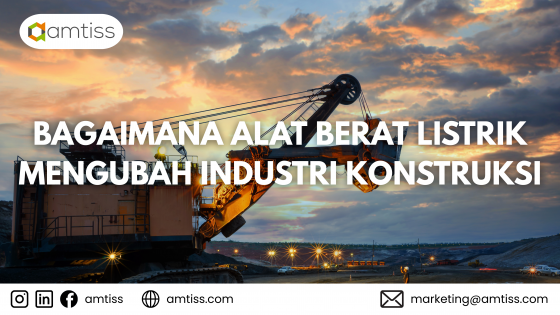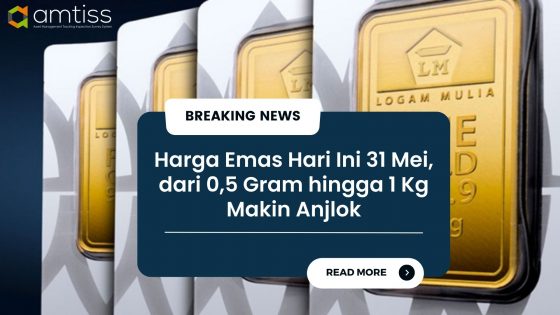
Let’s take a look at the numbers behind the trends and how they relate to Process Mining.
Digital Transformation – laying the groundwork
Most businesses are in a state of constant catch up, trying to move at the speed of consumer adoption, but struggle to get the corporate machine in motion. This status quo of a laggard business community, however, is quickly changing as the trend points towards rapid digitalization of processes and systems.
According to a report from the International Data Corporation (IDC), spending on digital transformation is set to reach $1.7 trillion worldwide by 2019, up 42% from 2017. Organizations are ditching the paper trail
for a full-fledged digital experience. Customer service, internal processes, payroll, employee training, logistics and beyond are finding their way into IT systems. The more processes become digitized, the more opportunities there are for Process Mining. Activities become traceable in the form of event logs and processes that once lived only in the minds of employees, now live in the memory of a digital system — the latter being a much more factual record of reality. As the workplace is flooded with digitalization,
Process Mining follows.
Robotic Process Automation – free up the humans
Robotic Process Automation (RPA) is an artificial intelligence application that automates administrative processes or tasks. It takes trivial “time-wasting” human tasks (like jumping from one application to
another to complete a task) and automates. Legacy systems are still commonplace in most enterprise organizations. A sizeable chunk of knowledge workers’ time is spent completing tasks eligible for
automation across these various systems. RPA takes mechanical, high-volume, repetitive tasks based on unstructured data away from humans in order to free up time for higher-value and profit generating activities that require critical thinking and human ingenuity.
Like digital transformations in the workplace, RPA adoption speaks in numbers. Spending on RPA is estimated to reach $9.7 billion by the end of 2018, up 21% from 2017, according to a report by Statista.
Process Mining is connected to RPA because the former enables the latter. Through Process Mining, an organization is able to discover waste, inefficiencies, vulnerabilities, and risk within a process. Process
mining is what nominates a process for RPA. As organizations are pushed to squeeze out more with less and become lean profit machines, they will increasingly lean on Process Mining coupled with RPA.
Digital Twin of an Organization (DTO) – controlled playroom
A Digital Twin of an Organization is exactly as it sounds — a digital replica of a real-life company; an exact virtual copy of operational assets. From intangible assets like the customer journey, distribution channels and strategic processes to infrastructure, KPI results/targets, job descriptions, and business models a DTO should have it all. Each of these assets is then eligible for in-depth reporting, connection, and manipulation. The core purpose of a DTO is to give decision-makers a more complete, holistic view of
an organization in order to better understand the impact of change under controlled circumstances. It’s a controlled playroom to test strategies and facilitate change management.
Again, the numbers speak. According to a report by Gartner, by 2020 50% of major enterprises will use DTOs to optimize business processes. Process Mining is an indisputable part of this story. Process Mining is the foundation upon which a Digital Twin of an Organization is built. All of the trends
hitherto mentioned play upon each other. A digital transformation begets Process Mining, while Process Mining begets DTO and RPA.
2018 has been a big year for Process Mining, with 2019 set for even higher heights. We’ll be keeping an eye on these three trends and molding our value proposition for Process Mining technology according to market needs. The future of automation is here, and we’re ready.
Sources: minit.io




